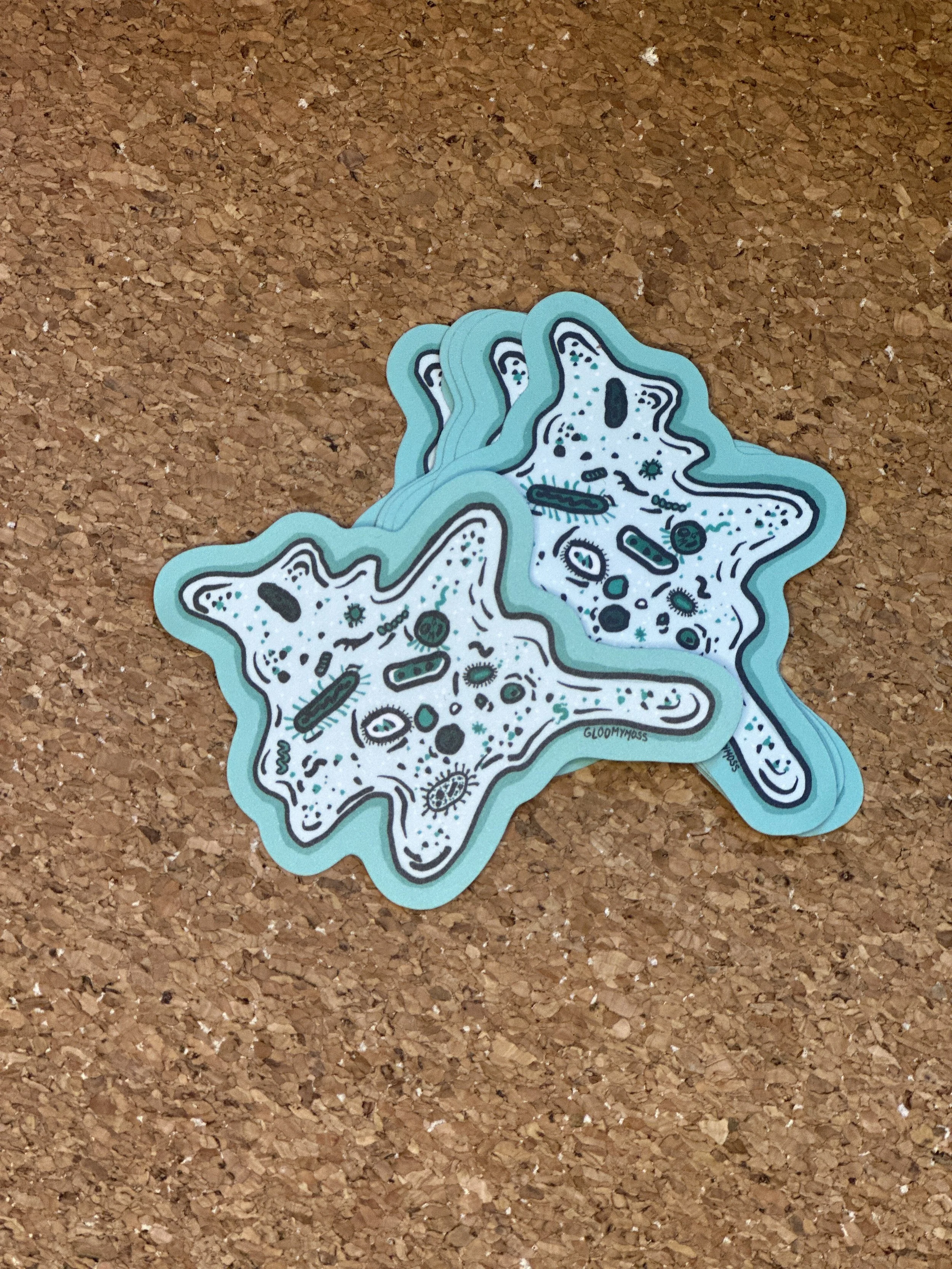Content Creation - Microscopy
In 2023 I started my journey into learning more about science. I have always been fascinated by nature, both on Earth and in space. After showing interest in biology, I was gifted a microscope and I haven’t put it down since. With furthering my education in my future, I decided to document my experience. This curation of photos and videos illustrate my natural discoveries through content creation.
Brand Creation
As an illustrator I made multiple stickers, of which were some of my username handle designed as a logo and some of my microorganism drawings.
Media: Hand drawn, Procreate, Printed by Sticker Ninja







Carousel Posts
This series of social media posts are called “What’s in my pond?” where I highlight certain organisms found inside pond water. I provide images of the organisms that I photographed, as well as some illustrations that I draw. I provide a few details about the organism in a easy to digest learning experience.




Video Creation
Here are some video examples of how I create nature content focused on certain niche areas of interests, such as lichen that grows on trees and microorganisms that live in pond water.
Different species of lichen up close under the microscope.
Stentor Igneus is a single celled organism that gets its color from a chemical called amethystin.
Drawing Studies of Nature
Media: Pen and Paper.

Praying Mantis.

Naupilus, a larval copepod.

Neocaridina shrimp, with mystery snail.

Bryozoan

Meadow, Montana

Bear Skull.

Diagram of a Lily Flower

A dragonfly nymph.


Armadillo.

Diagram of different mushroom details.
ABC’s of Microorganisms (WIP)
Medium: Procreate

A is for Amoeba. A type of single cell that uses arms called pseudopods to move around and collect it's prey.

B is for Bursaria, a genus of single-celled ciliates that use it's cilia to push food into food vacuoles.

C is for Ceratium, a genus of dinoflagellate algae that produces chlorophyll.

D is for Diatoms, a single celled algae group that has silica cell walls and produces 20-50% of the earths oxygen.

E is for Euglenoids, a group of single celled flagellate eukaryote that sometimes can take in energy via photosynthesis and from consuming organic compounds.

F is for Frontonia, a single celled ciliate that is related to the paramecium. It has a large appetite and can eat food larger than itself.

G is for Gastrotrich, a phylum of micro animal that can grow to only 3mm long.

H is for Hydra, related to anemones and jelly fish.

I is for Ichthyophthirius, a parasitic ciliate for fish.

J is for Japonicum, a species under the genus Blepharisma. It is a single celled ciliate from Japan.

K is for Kryptoperidinium, a genus of single celled flagellated algae.

L is for Lacrymaria, a ciliate with a long neck that can extend 30 times its body length.

M is for Micrasterias, a genus of green algae called desmids known for their symmetry.



















